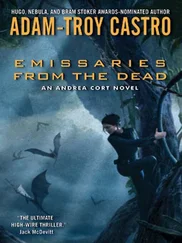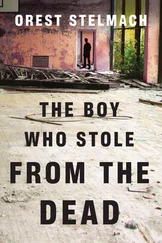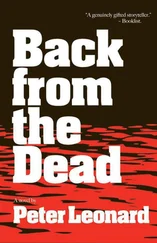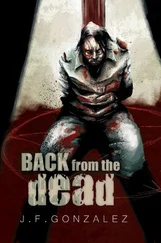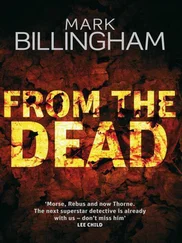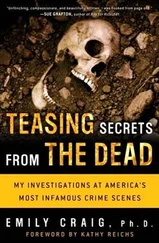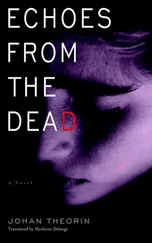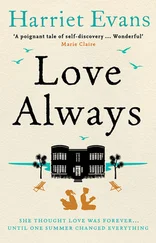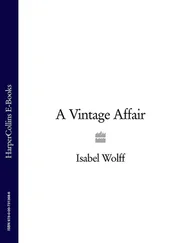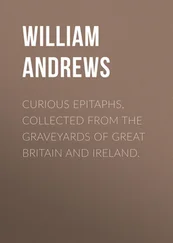Now, what about that bullet?
When you've got an entrance wound and no exit wound, the bullet is obviously going to lodge in the brain. In a fresh body, that's good news, because all you have to do is dissect it out either whole or in pieces if it's shattered inside the brain. As a body decomposes, however, the brain liquefies, and there's nothing to hold the bullet or its fragments in place. So it might easily slip out through one of the many large holes that once made room for the spinal cord, nerves, and arteries.
In this case, the cranial vault, or braincase, was packed full of silt. If we were lucky, this silt and sand had gradually filtered into the skull as the brain liquefied, trapping the bullet inside.
Mark had been watching closely as the other investigators gradually drifted back toward the perimeter of the crime scene, drinking their coffee and speculating further about who the dead guy might be. When I told him that we might still have the fatal bullet, his eyes lit up. “You know,” he offered, “I've got an x-ray machine back at the office.” Besides being the local coroner, Mark was a licensed chiropractor with an active practice in Fort Thomas. It could save us an awful lot of sifting and screening through the dirt.
“Sure,” I agreed. “I'm done with the skull for now. Why don't you just pack it up and take it over to your office? We've got plenty to do till you get back.”
Mark reached for the skull, but I couldn't help hesitating a bit before handing it over. I felt sure that he would indeed find the bullet, and to be honest, I was a little jealous. I couldn't decide whether to reassure myself that I might make an even bigger discovery than Mark, or to remind myself that after all, the end result was all that mattered. This question of who gets the credit had plagued me since my early days as a medical illustrator. I loved being part of a team, but I didn't like sitting anonymously on the bench. Well, I told myself, today I was not only part of the team, I was the star player, the captain, and the coach. The least I could do was let Mark score a point.
So, a little too much like a spoiled child giving up her favorite toy, I held out the skull, and eagerly Mark took it. Holding it upside-down in one hand, he climbed awkwardly back up the riverbank, where he meticulously wrapped the skull in a plastic bag. If the bullet was there, it wouldn't get far. And if it wasn't… I glanced at the choppy waters of the Ohio River and repressed a shudder. If the bullet that had killed this man had fallen out of his skull, we'd probably never see it again, though I was fully prepared to spend several hours sifting through the dirt to find it. “Leave those flags in place,” I told my colleagues, pointing to the markers I'd put around the skull's original location. “And let's stay away from here for now.” If we did have to dig for a bullet, I wanted to start with a relatively pristine section of soil.
Most of the man's bones had been partially freed from their clandestine grave by erosion, though they still lay half-buried under the sandy earth. Others perched precariously on chunks of sand that appeared ready to break off and slide into the river. I wondered how many days of floodwaters eating into the soil had finally freed these bones, and I marveled at the coincidence that had brought those two boys out here, after the bones had appeared but before they'd washed away for good.
Al interrupted my thoughts with a sharp tug on the safety rope. He had seen me maneuvering closer to the riverbank's crumbling brink, and he was taking no chances. I breathed a sigh of relief and waved up at him before kneeling once again beside the bones. I slowly repeated the careful, exacting procedure I had begun with the skull, gently brushing away loose dirt with a soft paintbrush, feeling for each bone's contours underground and then cautiously and patiently freeing it. Detective Lambers and I worked our way slowly but surely down to what should have been the victim's shoulders, brushing the silt and sand into plastic boxes, sealing the bones into labeled evidence bags, and passing our treasures up the riverbank, where other members of our team carefully catalogued each one.
There was a kind of hypnotic rhythm to our painstaking work, my hands moving on autopilot as my brain wandered off on its own. Something wasn't quite right about this case, but I couldn't figure out what it was. Then, as I gave a particularly vigorous tug to unloose the victim's shoulder blade, I realized what had been bothering me: the consistency of the dirt.
Any kid who's ever buried a toy or some secret treasure in the backyard knows that such objects are fairly easy to unearth a week or two later. After several months, though, the object gets packed in tighter. Something that's been buried for a year or more takes a fair amount of work to dislodge. Rain loosens the earth, and then gravity causes the loose particles to resettle themselves more tightly against the buried object. The object and the earth begin to bond, and with each passing year it becomes more difficult to separate the two, until the object seems almost to form part of the matrix within which it lies. At that point, you're not lifting out a discrete object-you're teasing out a piece of the whole.
That was the kind of work I'd been doing to free these bones, which told me that they'd been here far longer than the year or two I'd originally thought. I was starting to wonder exactly how long this man had been dead when I caught sight of something else I didn't expect-a bright metal object, lying just where the man's back hip pocket would have been.
I finished recovering the bone I'd been working on and turned my attention to the metal. With the same care I'd used for the bones, I managed to free the object, slowly but surely. Then I knelt there for a moment, staring at it in amazement. It was a thick, gold-colored money clip.
The heavy clip was layered with grime, but something about its weight and heft told me it had once been expensive. “Look at this,” I said to Lambers, who shook his head.
“Not what you'd expect to find in some derelict's pocket, that's for sure.”
I nodded. The man's gold fillings and expensive dental care had spoken of prosperity, but plenty of people fall on hard times. How likely was it, though, that a destitute man had a clip like this in his possession?
“Well, maybe he was a thief and had stolen it. But then, why didn't whoever killed him steal it from him ?”
Lambers bagged and labeled the money clip, and passed it to the cop who stood above us. I heard the murmurs of surprise, the new rounds of speculation, follow the item up the bank. A moment later, we found a big pair of eyeglasses, scratched and worn, but still intact. And then a metal pen and pencil, heavy and corroded, like the money clip, still attached to the fabric that had once been this man's breast pocket. I couldn't tell through the dirt and grime, but it seemed to me that they, too, were gold-colored and part of a matching set, hinting, as the money clip did, at wealth.
As we worked our way down to the other hip and rear pocket area, we found a rusty lump of metal that had once been keys. Years of corrosion had fused them all together, and I couldn't wait to get them back to the lab and see what secrets they might hold. Then there was an old coin that I thought looked like a nickel, though it was so worn and dirty I couldn't be sure. Maybe it had a date on it, or some other clue that might point us toward this man's identity. A few minutes later, we found a second money clip, smaller and less elaborate than the first but with the same heavy, solid feel.
Throughout our excavation, I had also been freeing pieces of cloth from the silty earth, teasing them away from the ground as gently as I could. How long had it taken, I wondered, for the cloth to disintegrate into pieces? I was starting to get the distinct impression that these bones had lain here longer than any of us had suspected.
Читать дальше

